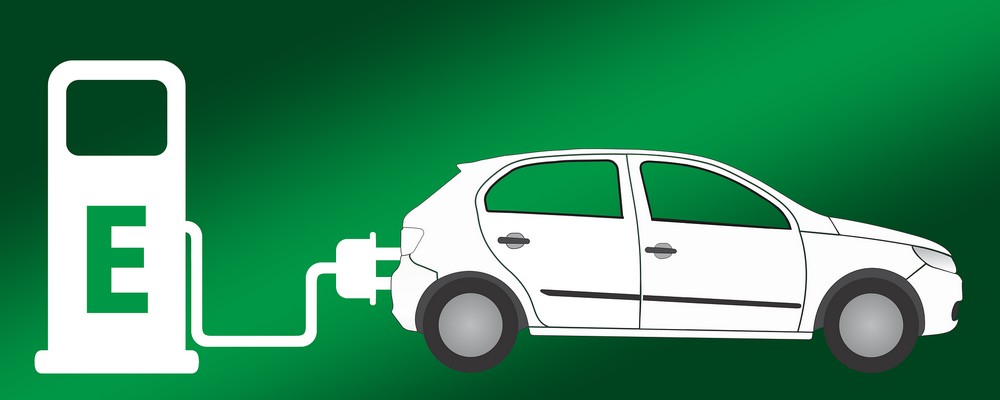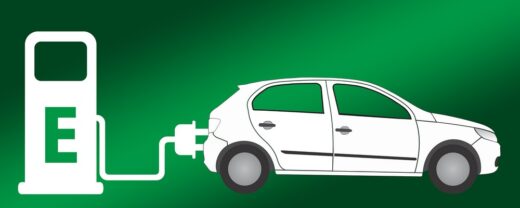What does the growth of electric cars mean for the future of home building?, Urban renewal
Electric Cars and the Future of Home Building Guide
30 June, 2022
The Growth of Electric Cars Mean and the Future of Home Building
Imagine living in a world where you can simply plug your car in to a charger like you do your smartphone and wake up in the morning to a full charge, ready to drive to wherever you need to go in the world? While just a few years ago this might have been a dream that only the top one percent of earners might have been able to achieve, constant innovation of electric vehicles means that home car charging is on its way to becoming a reality for more homeowners.
The UK has recently committed to banning all sales of new petrol and diesel vehicles by 2030, meaning that new build homes will come ready to charge an electric car as standard in the near future.
The Current EV Charging Situation
EV charging currently has a similar format to that of fuel stations. To get your car charged, you will need to drive to a Tesla charging port at a specific location and fill up your car from there. This is because the majority of homes today do not come with the infrastructure to handle charging an electric car at home.
You can find out more about charging an electric car, how it is done and how much it costs at ElectriX. ElectriX has a useful informational guide that you can use to find out more about electric car leasing, the cost and practicalities of charging when leasing an electric car, home chargers, charging networks and more.
Why Homes Built for Electric Cars are Needed
With more than five hundred thousand electric and hybrid cars currently on the roads, it’s clear to see that more and more people are choosing this greener and cleaner alternative when driving. Because of this, the Department of Transport has proposed a future initiative to make all new build homes ready for electric vehicles, with each parking space coming with at least one charging device included. Housing structures that do not have parking spaces would be except from these requirements.
The proposal has specified that all charge points included with new build homes will have a power rating output of at least 7kW, along with being fitted with a universal socket that will accommodate all electric vehicle types.
What the Changes Mean for Electric Cars
With the new legislation, which is the first of its kind to be passed around the world, electric vehicle charging ports are set to become as standard as having plug sockets for the TV in your living room or sockets for appliances in the kitchen. It is set to cause a chain effect that will result in more homes being built for electric cars that may in turn encourage more people to make the switch to an electric or hybrid vehicle. It will end a lot of anxiety that electric car owners might have regarding charging and make it easier for people to buy and make use of an electric car.
Once the Act is put in place, the Department of Transport estimates that each house should be installed with infrastructure that is set up to be able to charge at least one electric car overnight in the garage. However, this will require a charging station that the homeowner will need to install separately. But the provisions will make the installation process easier for homeowners, which will help them save money when it comes to getting set up.
As more electric car owners begin to charge their car from home, this will naturally lead to a rise in electricity bills. However, despite the rising cost of electricity, it is worth the convenience and still much cheaper compared to buying petrol or diesel, which is currently also rising drastically in price. Studies show that even with the rising cost of electricity, charging an electric car at home could save drivers around one thousand pounds each year compared to using public charging points.
What About Older Homes?
While the planned installations are great for those who have an electric car and are considering getting a new build home in the future, what is going to happen with older properties? Of course, not everybody who drives an electric car is going to want to buy a new build home or even move home. Unfortunately, if you are living in an existing property and don’t want to move or are buying a home that is not a new build, then you will need to install all the EV charging infrastructure yourself if you don’t want to use public charging points.
However, this has been made easier by the government’s Electric Vehicle Home Charge Scheme, which is in place to provide assistance to the owners of older homes who want a charging station for their electric car. The OLEV grant allows homeowners to save up to £350 on the overall cost of installing a new electric vehicle charging station at home.
Preparing a Property for Electric Car Charging
There are two typical charging outlets via single-phase, which is the most common outlet type that is capable of supporting up to a 7kW electric vehicle charger. The other option is less common: the higher-powered three-phase outlet which allows users to install chargers up to 22kW. Single-phase outlets tend to present in the majority of homes today, so if this is the case then no further installations are required. It is strongly advisable to install a charger that is capable of at least 7kW as single-phase chargers can range from as little as 3kW, which would mean that an electric vehicle such as the Tesla Model S would take over thirty hours to reach a full charge from empty.
3-phase outlets might be less common, but they do allow for 22kW chargers to be installed, which provide significantly more efficient and faster charging for most electric cars. While the installation can be time-consuming and expensive for those who want to prepare an older home for electric car charging, it is worth it for the savings that you can make over time compared to using public charging ports, and the convenience of being able to charge your car from home overnight.
Power Audit
Before installing an EV charging station in an existing home, it’s important to locate the breaker box or fuse box, which is at the heart of the entire operation. This is the system that sends electricity throughout the property. The box will normally display a rating for the maximum current flow which is measured in amps. Most modern electrical systems have a rating of around one hundred amps, which is printed on the circuit breaker.
Before you try and install a 3-phase charging system for an electric car, it’s crucial to be aware of how much power the home consumes in order to prevent an overload on the electric distribution panel. Once you have determined the power rating, you can do an audit of the power consumed or get a professional to do this for you. Compare the consumption to the power rating to see if it will be able to handle a circuit that is drawing more power. Ideally, your new circuit should be kept from drawing any more than 30amps.
With electric cars becoming more and more popular, new legislation will see all new future homes built with electric car charging ports, and it’s becoming easier and more affordable to set up charging stations in existing homes.
Comments on this What Does the Growth of Electric Cars Mean for the Future of Home Building? article are welcome.
Building Articles
Residential Architecture
Car Building Designs
Car Buildings Posts
Ferrari Centro Stile Building, Maranello, Italy
Architects: Design International and Planning

image Courtesy architecture office
Auto Gallery Guangdong, Guangdong, southeast China
Architects: C.DD

photograph : OUYANG Yun
Porsche Pavilion in Wolfsburg, Germany
Design: Henn Architekten
Comments / photos for the What Does the Growth of Electric Cars Mean for the Future of Home Building? page welcome






